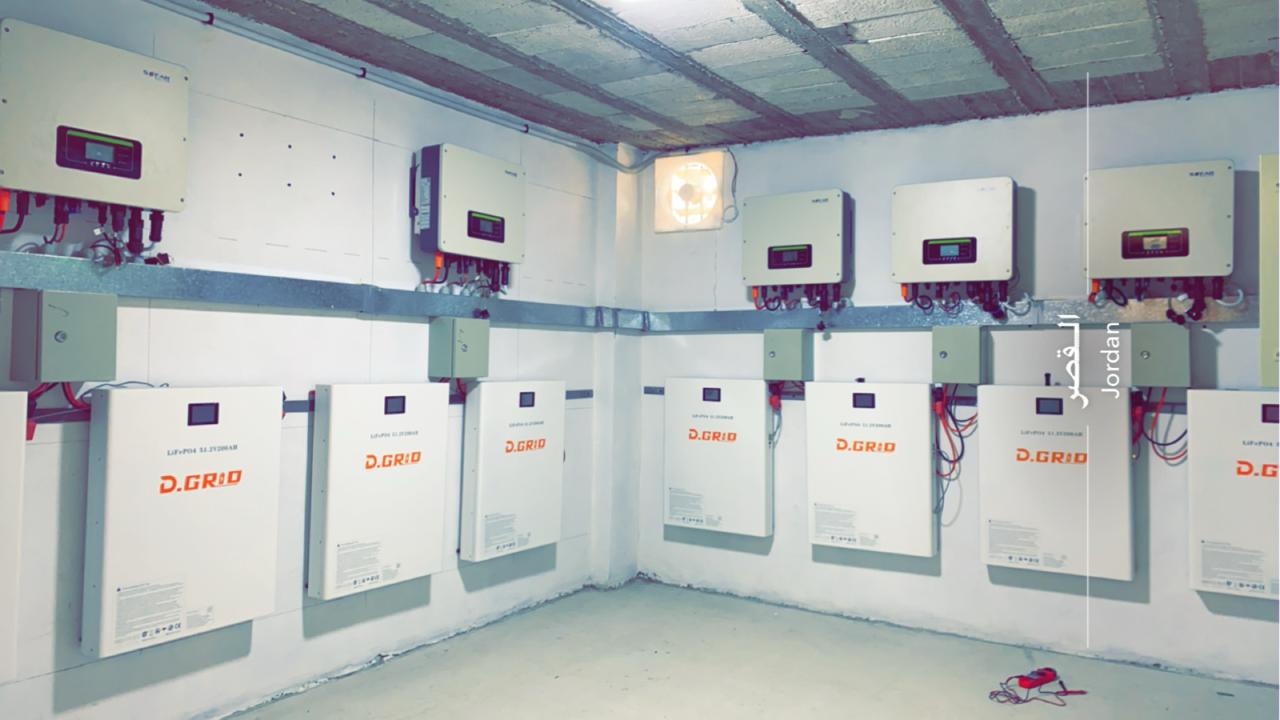Systems Of Solar Energy
fkskrjskjkwjek skjkjkwje weowioeioeiwieo

Solar heating systems
Solar heating systems are technologies that use solar energy to heat water for domestic or commercial use. These systems consist of a set of components that work together to convert sunlight into useful heat. Here is some basic information about solar heating systems: Main Components of Solar Heating Systems: Solar Collectors: Flat Plate Collectors: These are the most common and use a glass panel to trap heat and transfer it to pipes filled with water or a heat transfer fluid. Evacuated Tube Collectors: These consist of double-layered glass tubes with a vacuum between them, which increases absorption efficiency and reduces heat loss. Storage Tank: It stores the hot water until it is ready for use. It can be insulated to maintain the water temperature for a longer period. Control System: This includes devices to control the flow of water and temperature, such as pumps, valves, and electronic controllers. Piping System: A network of pipes that transport the water or heat transfer fluid between the solar collectors and the storage tank, and from there to the points of use.
System Details
OFF-GRID Network - independent system
A power generation system independent of the electricity company's grid is ideal for meeting your electricity needs in remote and isolated locations far from government electricity sources. Off-grid power systems consist of several essential components that ensure the effective generation, storage, and distribution of electricity. Here are the main components of these systems: 1. Solar Panels Convert solar energy into direct current (DC) electricity. Consist of solar cells arranged on the panel's surface. 2. Batteries Store excess electricity generated by solar panels or wind turbines for later use. Available in various types, such as lead-acid batteries or lithium batteries. 3. Inverters Convert DC electricity stored in the batteries into alternating current (AC) electricity for use in household appliances. 4. Charge Controllers Regulate the charging of the batteries and prevent overcharging or excessive discharge. Ensure the batteries' longevity and efficiency. 5. Mounting Structure Provides support and installation for solar panels or wind turbines. Must be strong and designed to withstand various weather conditions. 6. Cables and Wiring Connect different components of the system to transmit electricity. Must be of good quality and suitable for the electrical currents being transmitted. 7. Monitoring and Control Unit Allows for monitoring the system's performance and managing its components. Helps in early detection of any issues or malfunctions in the system. By assembling and coordinating these components correctly, an independent power generation system can be built to reliably and sustainably meet electricity needs in remote locations.
System Details
ON-GRID grid interconnection system
A grid-tied generation system produces your energy needs, and any excess energy is transferred to the public electricity grid via a net metering system. A grid-tied energy system, also known as a distributed energy system or renewable energy system connected to the grid, typically consists of several main components. Here’s a look at these components: 1. Solar Panels: Convert sunlight into electricity using the photovoltaic effect. 2. Inverters: These devices convert the direct current (DC) generated by the solar panels or wind turbines into alternating current (AC) that can be used in the home electrical system and the public grid. 3. Solar Panel Mounting System: This system includes the frames and structures that support and secure the solar panels in place on rooftops or the ground. 4. Protection and Control Panels: These include circuit breakers and other protective devices to ensure the system's safety from electrical faults. 5. Wiring and Cables: These cables connect the solar panels, inverters, meters, and the electrical grid to ensure the proper and safe flow of electricity. Together, these components create an efficient and integrated energy system that can provide users with clean and renewable energy, with the ability to interact with the public grid to exchange surplus energy or receive it when needed.
System Details
Wind Power Systems
Renewable wind energy systems, also known as wind power systems, consist of several main components that work together to convert wind energy into electricity. Here's an overview of these components: 1. Wind Turbines: Blades: Capture wind energy and convert it into mechanical rotation energy. Generator: Converts the mechanical energy generated by the rotation of the blades into electricity. Tower: Supports the blades and generator and places them at a high location to take advantage of higher wind speeds. 2. Inverters: These devices convert the alternating current (AC) output from the generator into direct current (DC) if the system requires it, or vice versa if the alternating current is required for the grid or local use. 3. Control System: This system includes control devices that manage the operation of the wind turbine, such as controlling the angle of the blades and rotation speed, ensuring efficient and safe turbine operation. 4. Protection and Control Panels: Contain circuit breakers and other protective devices to protect the system from electrical faults. 5. Storage System (Optional): Includes batteries or other storage devices to store surplus electricity for later use when energy production is lower than demand. 6. Wiring and Cables: These cables connect between the different components, including the turbines, inverters, and control system, to ensure the proper and safe flow of electricity. In summary, wind energy systems provide an effective and sustainable solution for electricity generation, contributing to reducing environmental impact and improving energy independence for communities.
System Details